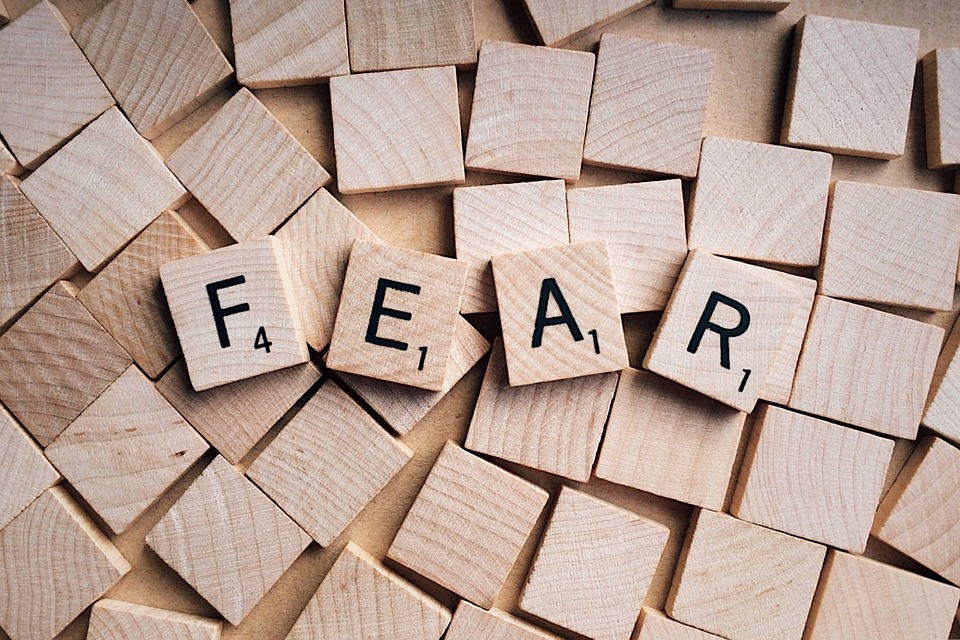Is It Possible To Be Too Open?
Is it possible to be too open, Laura?
In the work that I do, and the work of The Human Element™, I advocate for more openness between people. Time and again, I have found that people being more open with one another leads to more effective problem solving, especially when dealing with interpersonal problems.
The behavior of openness is connected to feelings of likability. I am open with you when I like you, and I believe that you are open with me when you like me. Openness and vulnerability are valuable, not only for interpersonal problem solving, but also for forging deeper connections and building trust.
Another one of the key concepts I teach about is rigidity. Rigidity is rooted in fear, and I use rigidity as a synonym for defensiveness. Rigidity in behavior reduces effectiveness, as it is individuals who can flex away from their behavioral preferences without anxiety that are the most successful.
Rigidity is rooted in fear, and I use rigidity as a synonym for defensiveness. Rigidity in behavior reduces effectiveness.
So what happens when you combine these concepts of openness and rigidity? Is it possible to be too open?
Yes.
Let me explain. If part of you fears that you are not as likable as you want to be, you could become rigid around your preference for openness, as a defense mechanism against feelings of rejection, or dislike. You might choose to become rigidly closed, meaning that even when it would be valuable or effective to be more open, you stay closed, and don’t share your true thoughts and feelings. Staying closed protects you from rejection, because in this case, even if somebody rejects you, or behaves as though they don’t like you, you get to say or think to yourself “you don’t even know me…” – and voila – their rejection doesn’t hurt so much.
 What about the flip side? If part of you fears that you’re not as likable as you want to be, you could become rigidly high on openness. This would mean that even when it is not valuable or effective for you to be open about yourself, you do. Let me give you an example.
What about the flip side? If part of you fears that you’re not as likable as you want to be, you could become rigidly high on openness. This would mean that even when it is not valuable or effective for you to be open about yourself, you do. Let me give you an example.
Picture a workshop participant, answering the question: What brings you to this workshop?
“Yeah, hi, I’m Frank. Uh…. I’m here because my wife is leaving me. I think she’s still really upset about the affair that I had with my parole officer. It was either that or that STD I gave her, I don’t know maybe both. Anyway, my parole officer is actually my boss’s wife, so he’s pretty pissed at me, and I guess I thought I could come to this workshop to see if I can do some self-improvement. Nice to meet everybody!”
Whoa.
Brene Brown calls this kind of openness “floodlighting.” This openness does NOT serve to connect. The strategy here is that Frank wants to tell us all his secrets, share some of his most “difficult” truths right off the bat, and that way, if anybody is still willing to talk with him, the likelihood that they will reject him is much lower, because he has already put his “stuff” out there. The same thing can happen on social media, where people choose to post lots of details about their lives. Sometimes this detail is shocking, and can leave people a little stunned. In most cases, the majority of people do not feel closer to this person, in fact, they may want to withdraw out of a sense of uncertainty or confusion.

Let’s go back to the Frank example for a moment. If Frank posted that type of thing on social media, many people would judge him, talk about him, perhaps withdraw from him, and probably worry about him. But let’s say Frank met a friend, and after a couple real conversations, he shares, in a moment of vulnerability, to connect, that he’s had some trouble with his marriage and relationships, and he’s working on shifting the patterns that aren’t working for him anymore. This friend will likely feel honored and special that Frank chose to share this information in this way – this is where trust is built.
The same fear – fear of not being likable – can manifest in very different behavior – rigidly closed, rigidly open, or even rigidly in the middle on the scale of openness.
And this rigidity is subconscious, so the person exhibiting the rigidly closed or rigidly open behavior does not consciously realize it is a defense mechanism, until they are able to connect their behavior back to their fear.
So…in short, as somebody who advocates for more openness, please know there are times where being more open is LESS effective, and can be damaging to trust, relationships, and subsequently, the ability to get work done together.
There are times where being more open is LESS effective, and can be damaging to trust, relationships, and subsequently, ability to get work done together.
The key is identifying what level of openness will help you be more effective in any given situation, and recognizing when fear is what is keeping you “in place” on the scale, whether it is rigidly closed, or rigidly open.
Ready to take your leadership to the next level? Get your FREE copy of my eBook, Level Up: 3 Steps to Be a Better Leader. Click here to download!
